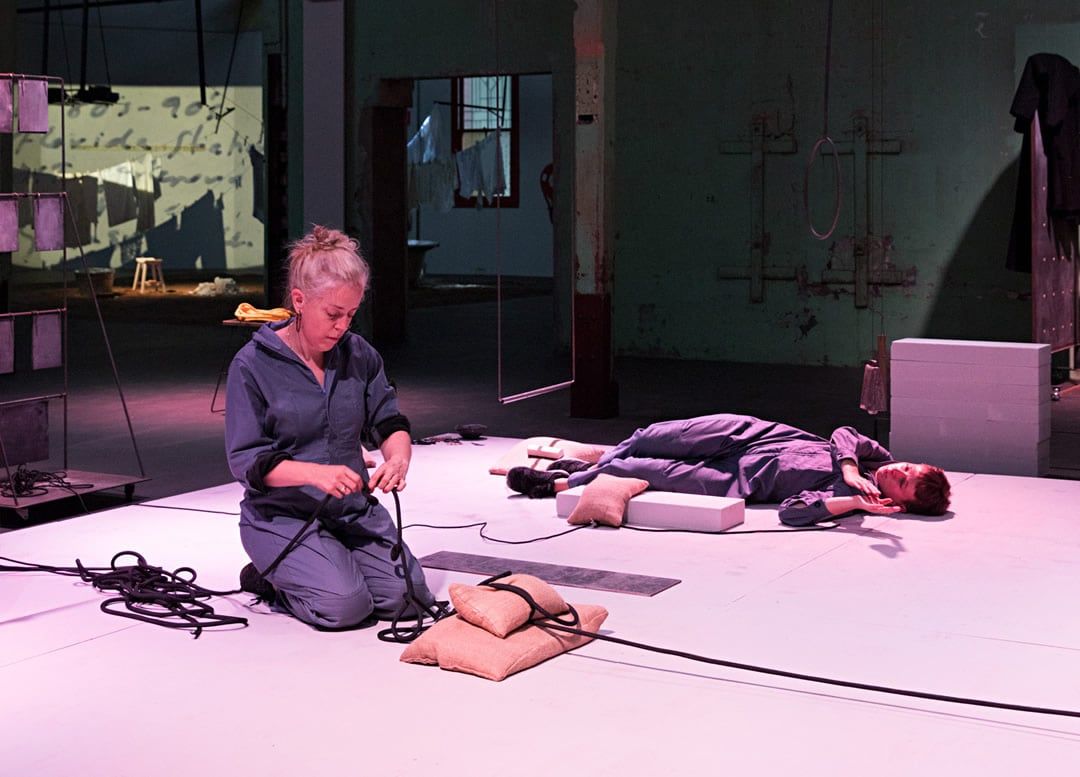

In Conversation: On publics
What possibility is there for politics to exist in public space today? Mark Andrejevic writes about the automated city, censored to the hilt, where datafication and AI organise behaviours, becoming a place without politics. In this scenario, we argue, the artist and the art object have the potential to counter ways in which we are increasingly organised in time and space. Bishop and Lee will converse around the public artist, the public other, and the public art object, teasing out ways in which transgression and resistance can hide in plain site.
In person at Solidarity Hall
ACCESS: AUSLAN, QUIET ROOM
Cameron Bishop
Engagement: LAB.01Cameron Bishop (PhD) is an artist, writer and curator lecturing in Art and Performance at Deakin University. As a curator he has helped initiate a number of public art projects including Treatment (2015/17) at the Western Treatment Plant; Sounding Histories at the Mission to Seafarers Melbourne with Annie Wilson; and the ongoing VACANTGeelong project with architectural and creative arts researchers, and leading Australian artists to explore and activate spaces left behind by de-industrialisation. As the recipient of a number of grants, awards and commissions he has been acknowledged for his community-focused approach to public art.
Katie Lee

Dr Katie Lee is a lecturer in Creative Arts and Expanded Performance at Deakin University. Lee’s research explores how meaning is constructed and becomes embedded within forms, habits and social constructs. Her research spans anthropological, psychological, kinaesthetic and embodied knowledge practices that she applies to her spatiotemporal arts practice. This practice-based research has outcomes that include sculptural installation, video, performance and sound. In her work, Lee begins from the premise that everything is active and ‘in motion’, however due to a complex range of social, biological and psychological factors, humans often perceive the world as stable or static. Lee has focused on both sides of this phenomenon, considering on one hand how and why humans seek stability (along with the social and political implications of this) and on the other; the different methodologies and triggers that might encourage an ‘active’ perception of the world, that accepts environments, objects and events as in flux. In her recent performance-installation Set Elements exhibited at the Magdalen Laundry Space at the Abbotsford Convent in Temporal Proximities (2019), Lee used the concept of a set to reveal how objects have constantly changing affordances and capacities when elements within the set are rearranged.